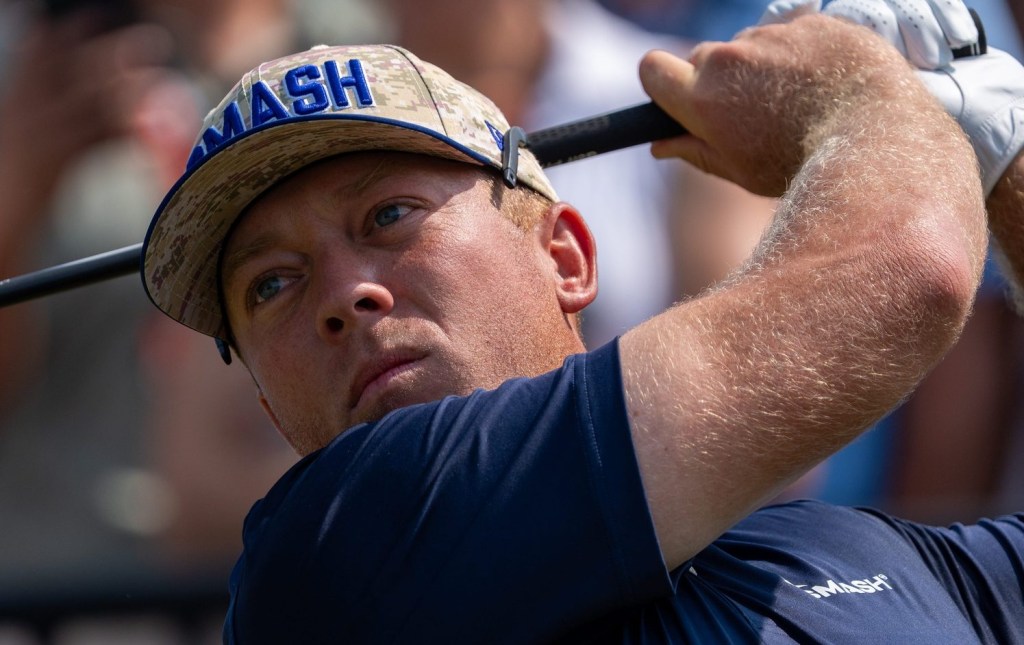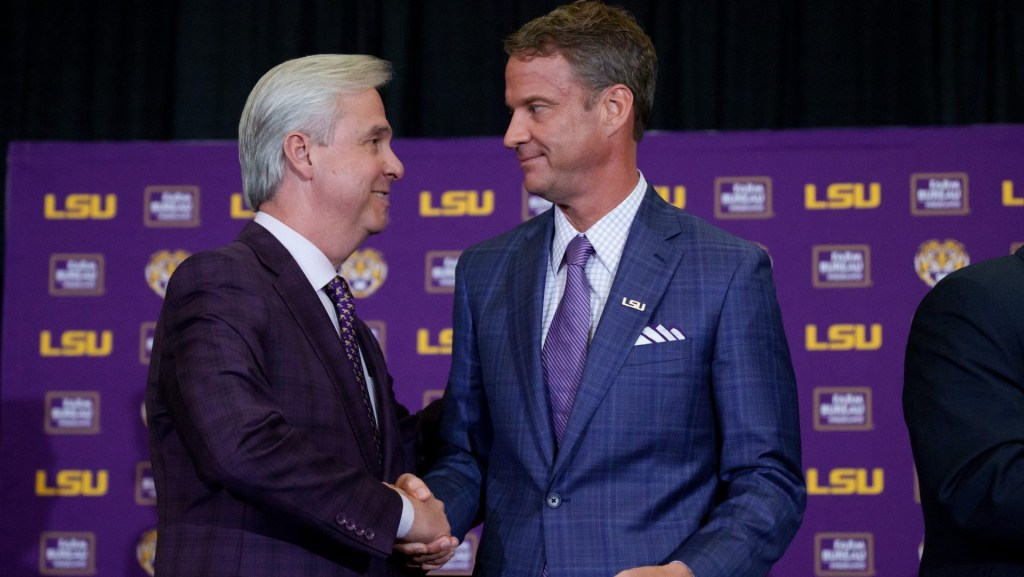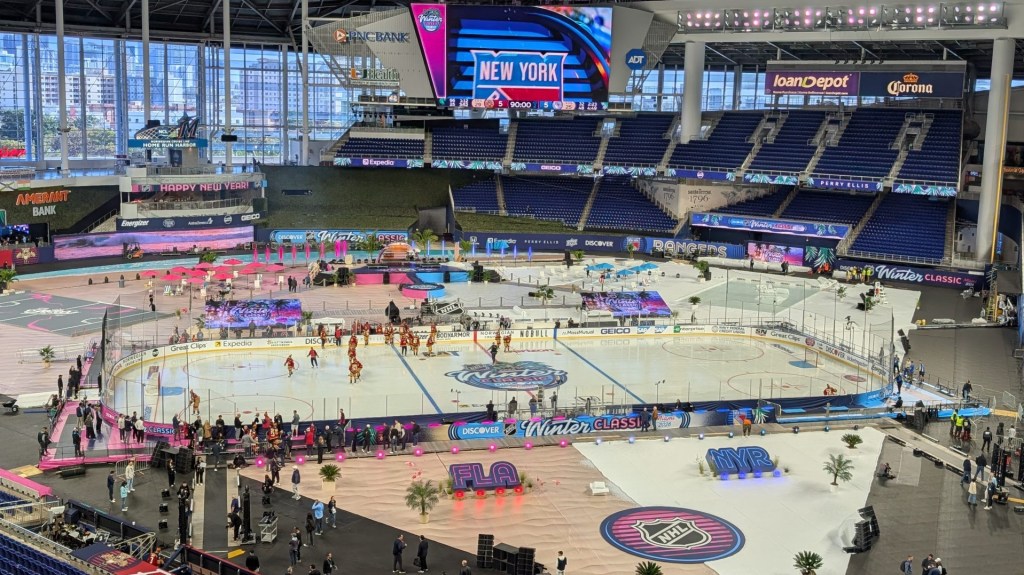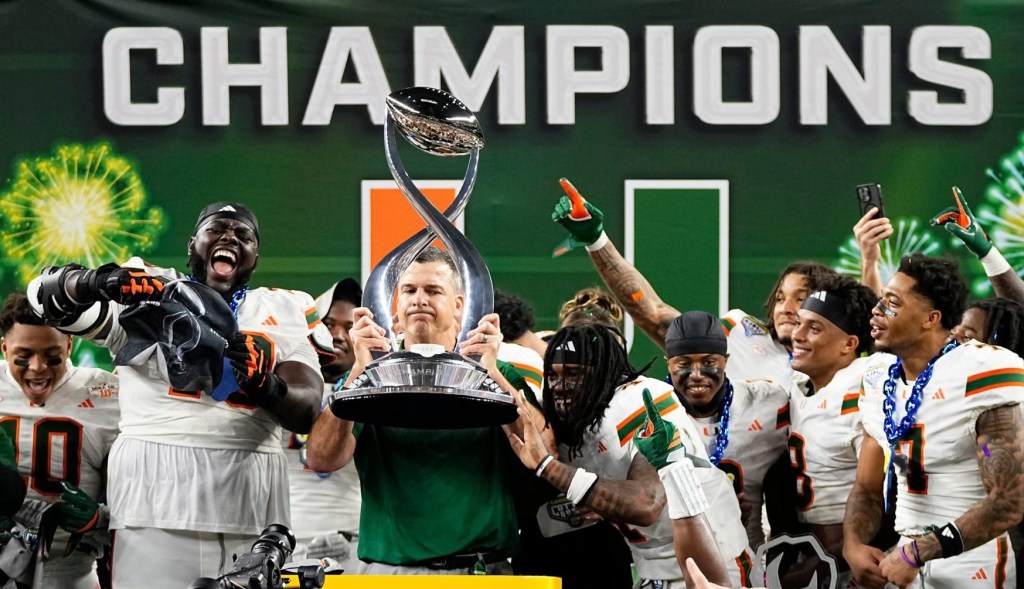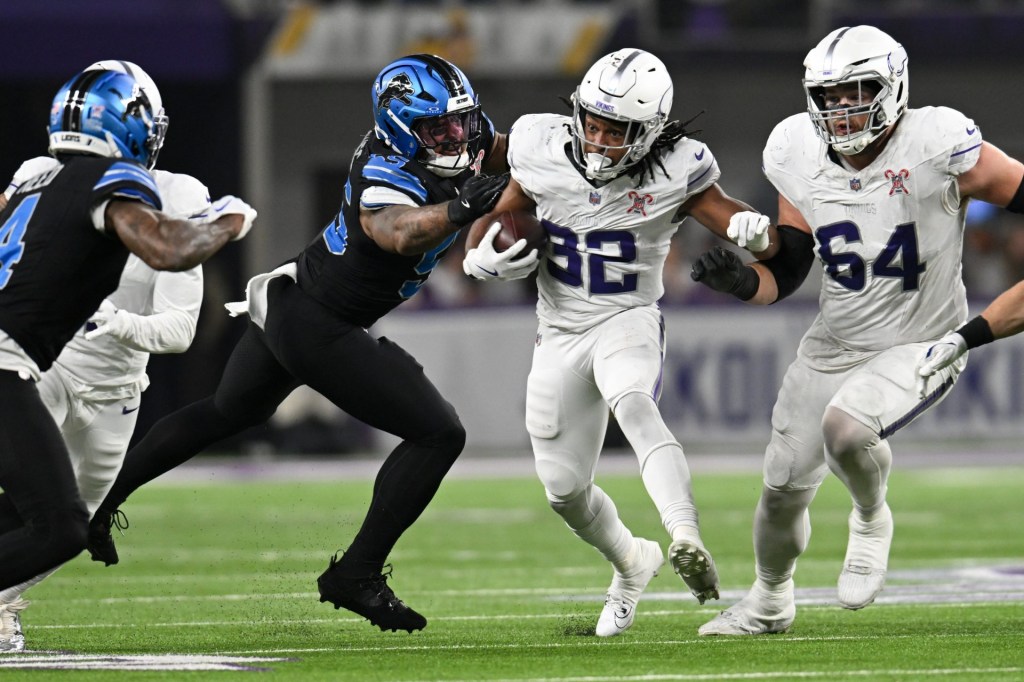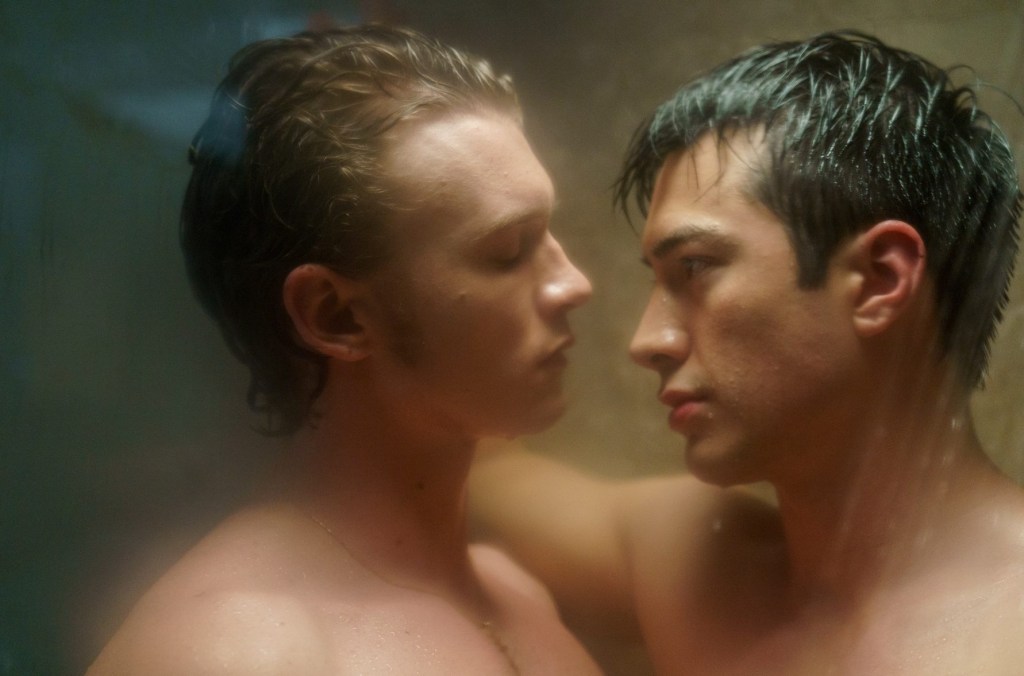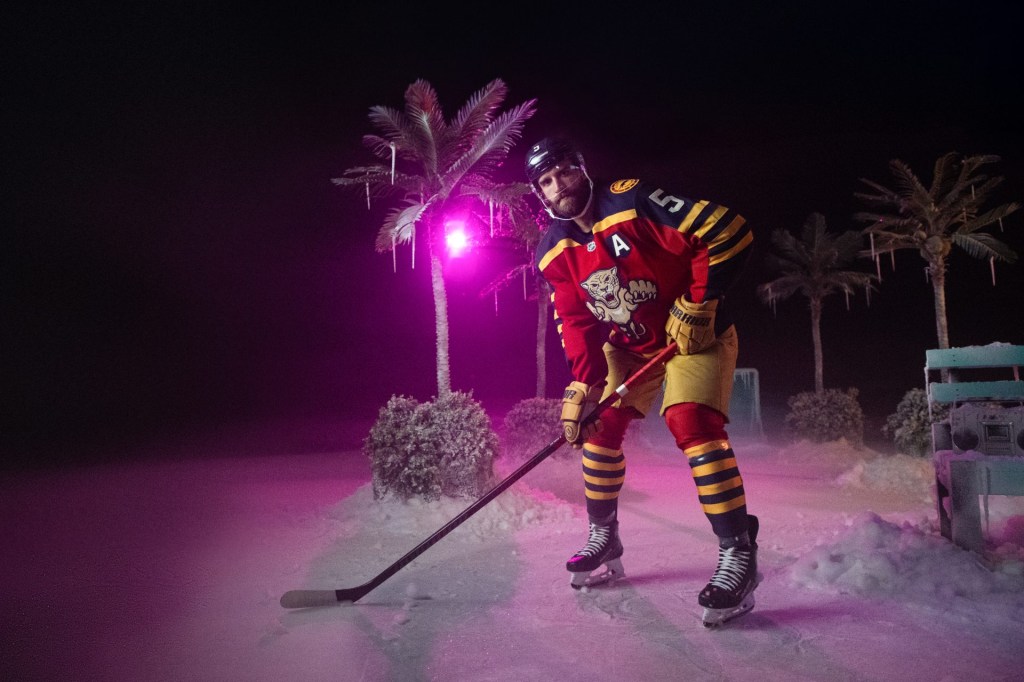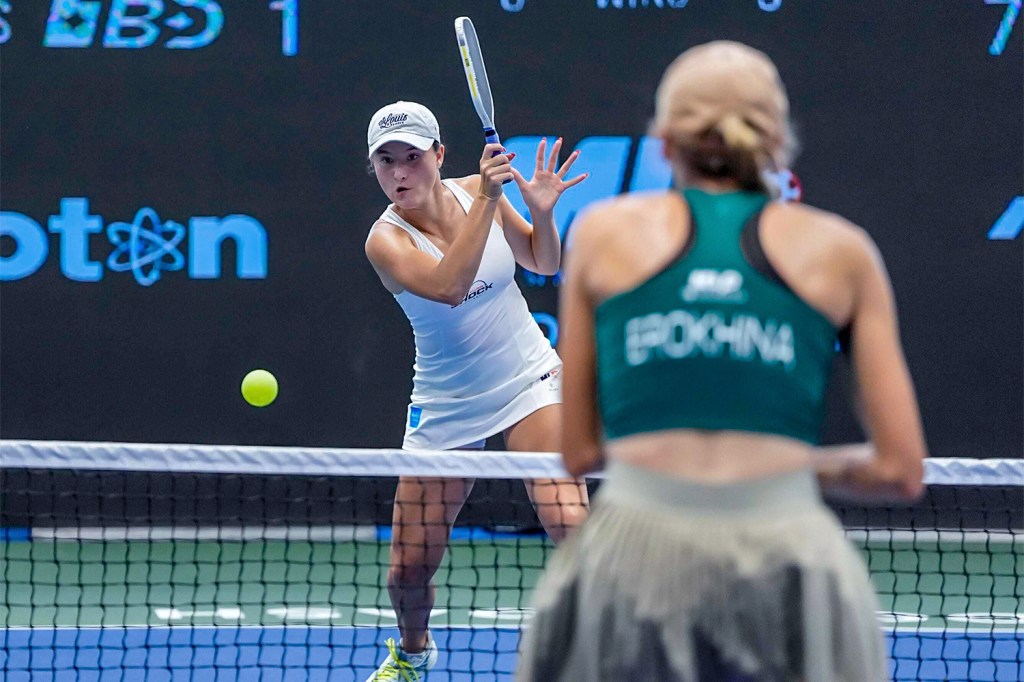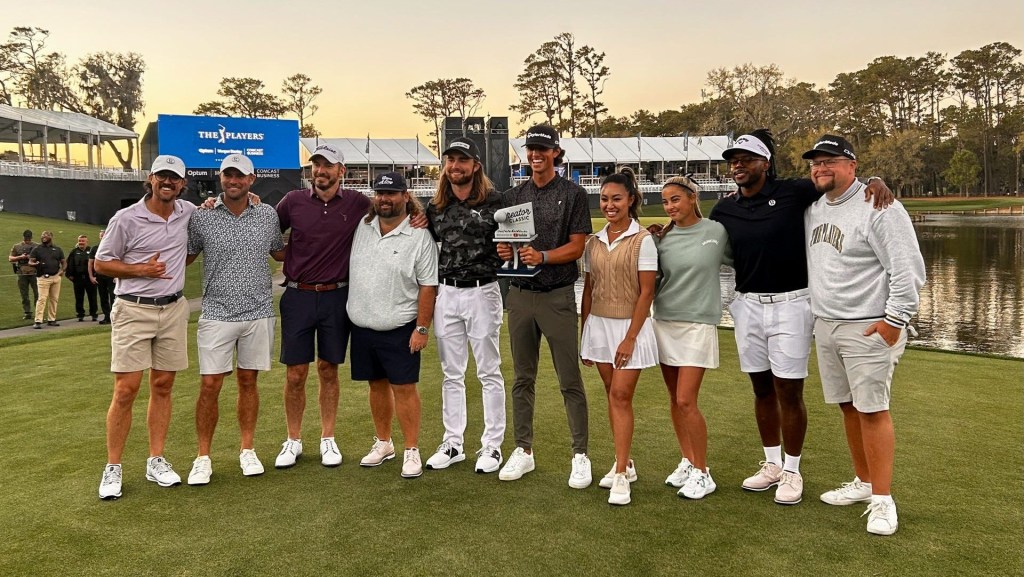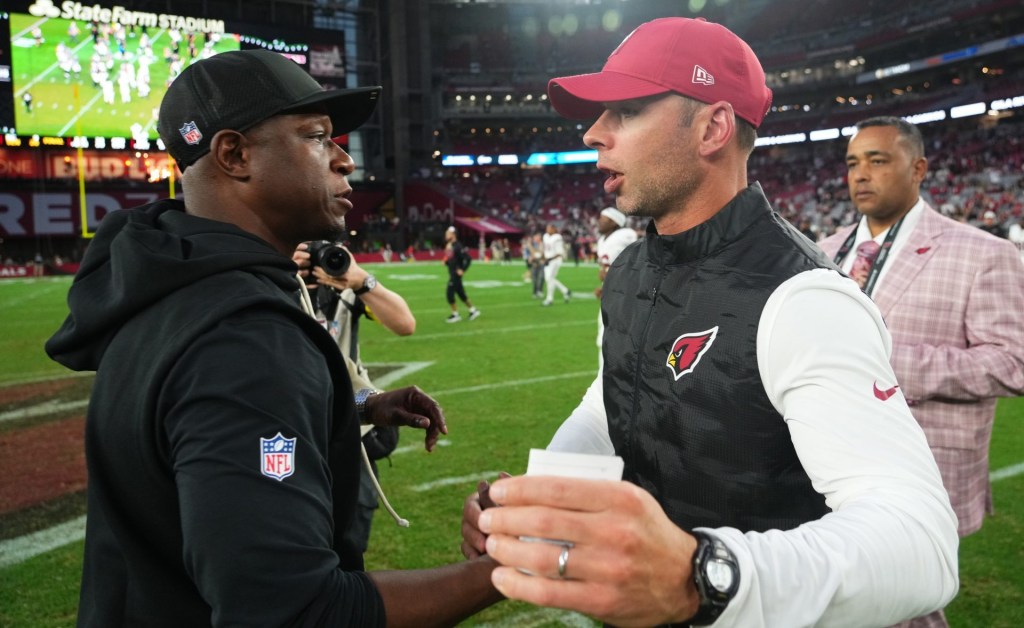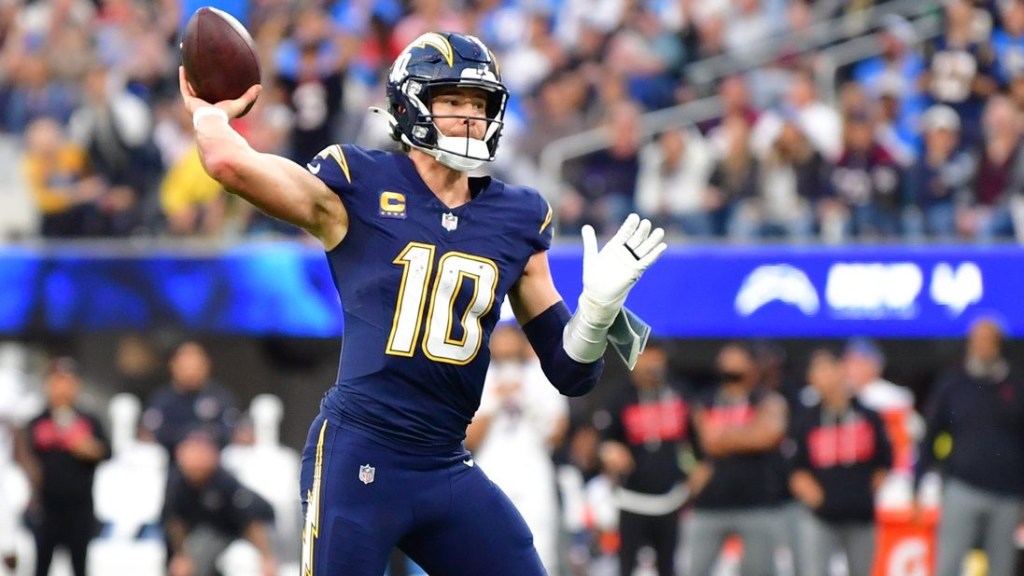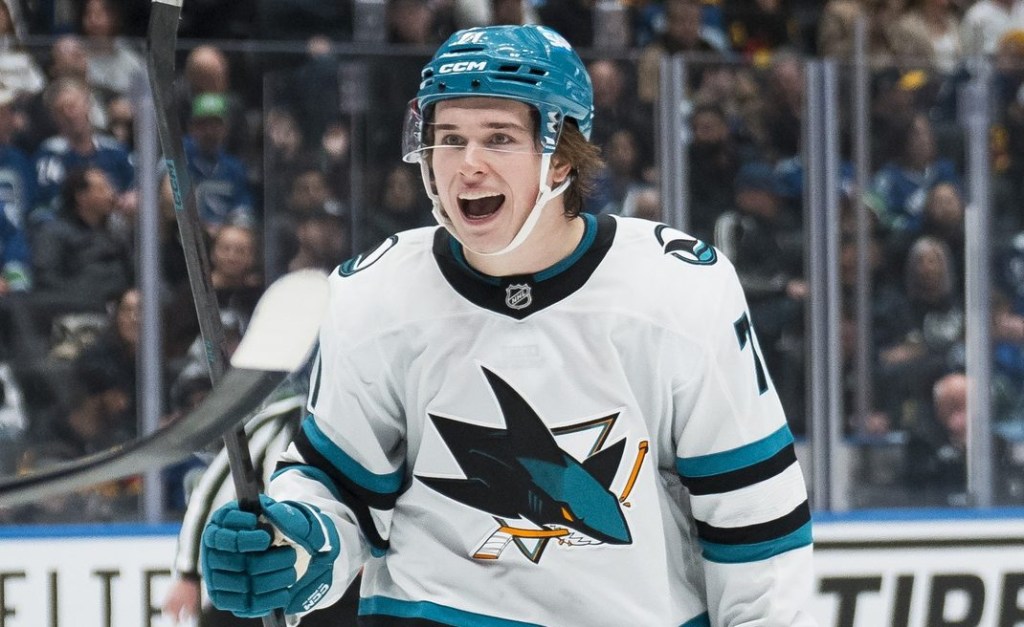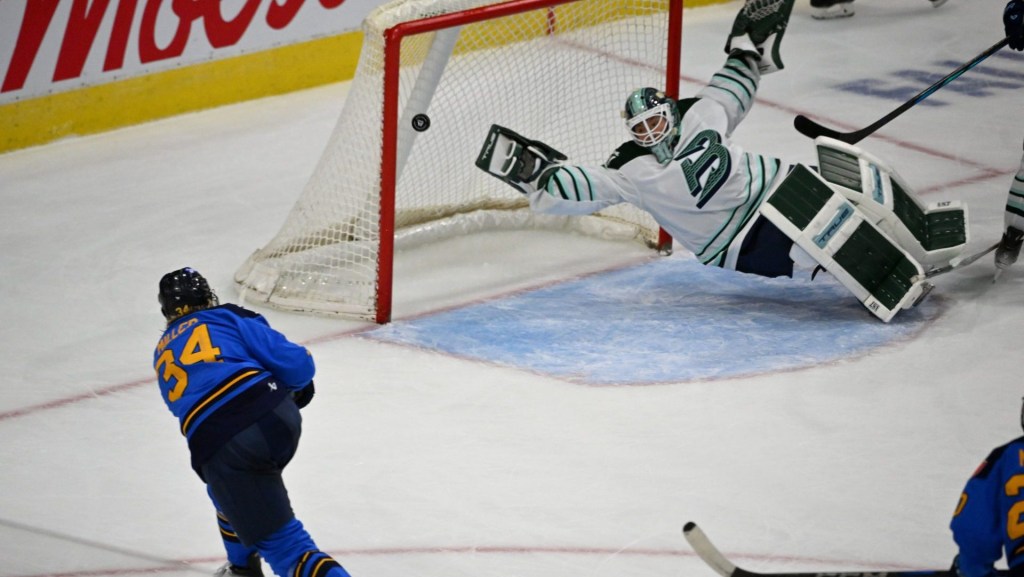It’s officially Masters week.
The first men’s major golf championship of the year annually signals the start of spring for many fans, as its big business on and off the course takes center stage.
Being played at Augusta National Golf Club for the 89th time, the Masters will blend the tournament’s storied and exclusive traditions with new trends of 2025.
Here’s everything to know ahead of Thursday’s Round 1.
The Field and the Purse
The Masters has the smallest field of the four major championships, typically including fewer than 100 players, while the PGA Championship, U.S. Open, and Open Championship (also known as the British Open) can include up to 156 players. This week, the Masters will include 95 players competing for a purse of more than $20 million. Full details will be announced later this week, but last year’s winner Scottie Scheffler earned a record $3.6 million.
While Augusta National can technically invite anyone it wants, it does have a set of qualification criteria for earning an invite—the most common being a top-50 spot in the Official World Golf Ranking at the end of the previous calendar year or the week before the current Masters.
Famously, Masters champions earn a lifetime invite—and a seat at the table for a prestigious meal—although many stop playing once they reach their late 50s or 60s and are no longer competitive.
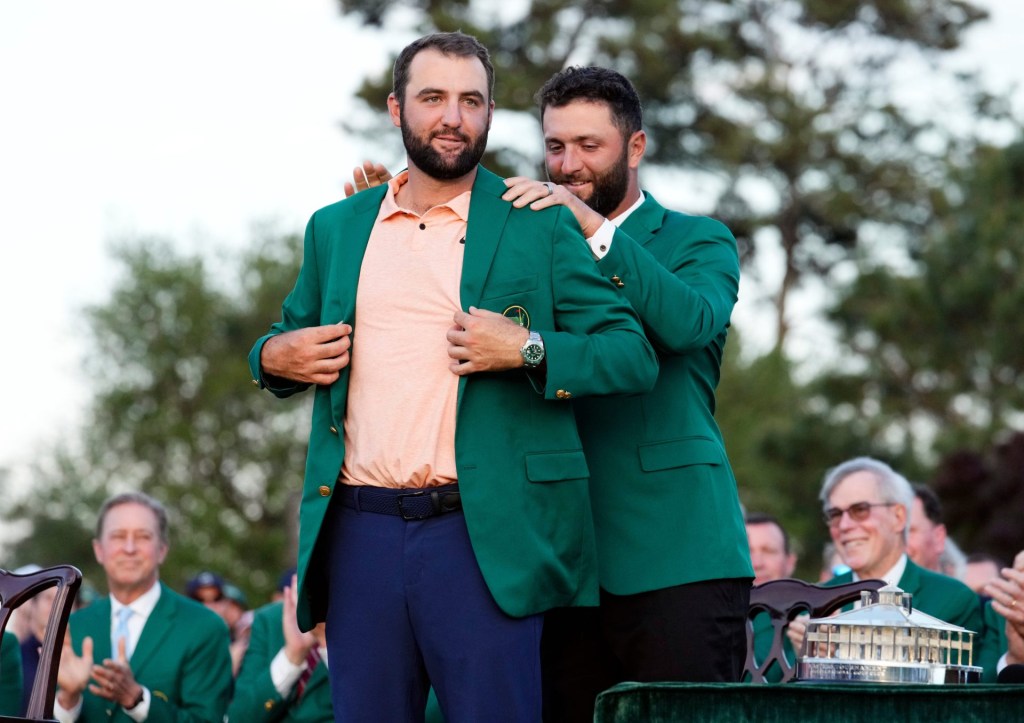
The Green Jacket
Each April, the winner of the Masters is awarded a Green Jacket—put on by the previous year’s champion—to commemorate their achievement.
The coveted piece of clothing, which is a specific shade of brilliant rye green (called Pantone 342, if you were wondering), has some strict rules about when and where to wear it: Only the reigning champion can wear his jacket off the grounds of Augusta National, and members doing official club business. It’s also frowned upon to wear jeans when donning the Green Jacket.
If you attend the Masters, you’ll be able to spot a club member on the course, as they typically wear their Green Jacket during tournament week.
The Champions Dinner
The year after a player becomes a Masters champion, he hosts the heralded champions dinner on the Tuesday before the tournament, and the guest list includes all the other past winners who are able to travel to Augusta.
The annual reveal of the personalized menu—Scheffler’s offerings this year once again include a Texas flair, while Hideki Matsuyama’s 2022 dinner included sushi and sashimi—is one of the many highly anticipated Masters traditions.
But the tradition comes with a price tag for the reigning champion, who has to cover the bill for all of his guests, although no player is going to complain about the costs. “I didn’t care,” 2020 Masters champion Dustin Johnson told FOS in an interview last year. “You can charge me whatever you want. I’m happy to pay for it.”
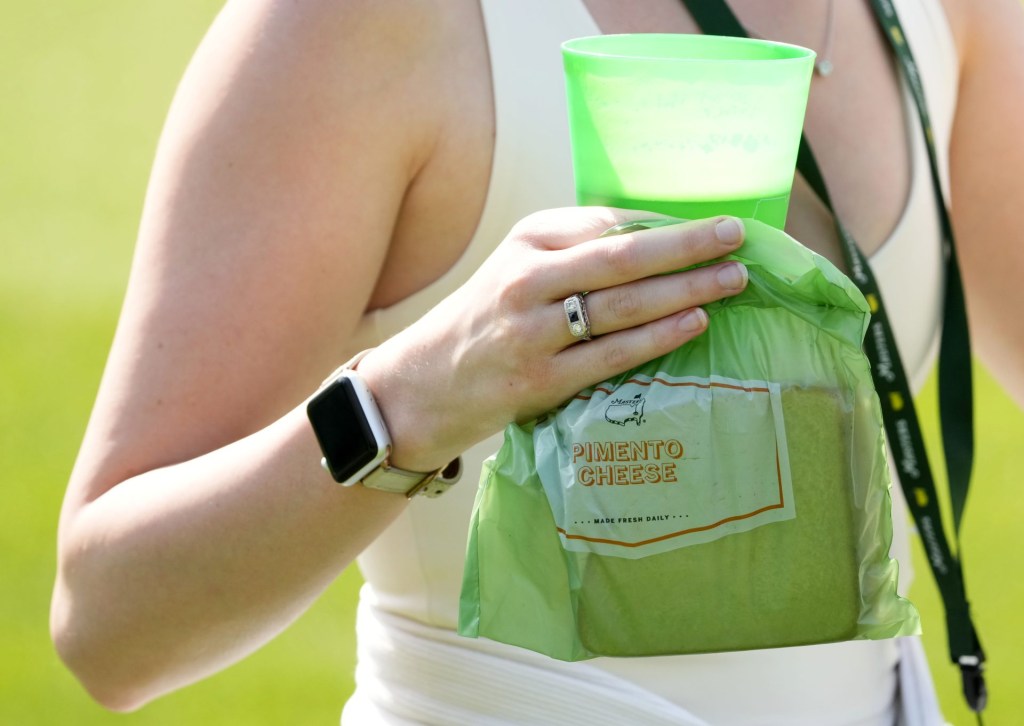
The Food
The Masters is one of the most unique events for golf fans, who, by the way, must be strictly referred to as “patrons” by the tournament’s TV partners. Beyond the pristine scenery at Augusta National, the Masters may be most known for its iconic—and perennially cheap—food offerings.
From $1.50 pimento cheese or egg salad sandwiches to $2 soft drinks, concession prices are like entering a time capsule. The most expensive item on the menu in 2025 is a $6 beer or glass of wine. (New this year is a “handheld tomato pie,” which Augusta National said is making a limited debut.)
In 2020, when the Masters was delayed to November and no fans were allowed to attend, Augusta National launched “Taste of the Masters” home delivery kits that included various sandwich-building ingredients and famous snacks like their potato chips and cookies.
This year’s offerings—the classic option was roughly $100—all sold out well before Masters week began.
This year featured a limited edition “Azalea kit” for the non-alcoholic mixture in the tournament’s famous cocktail: vodka, lemonade, and grenadine. Interestingly enough, though, the Masters does not sell liquor at its general concession stands, so any patron seen walking around the course with a cocktail likely ordered it at a private hospitality area.
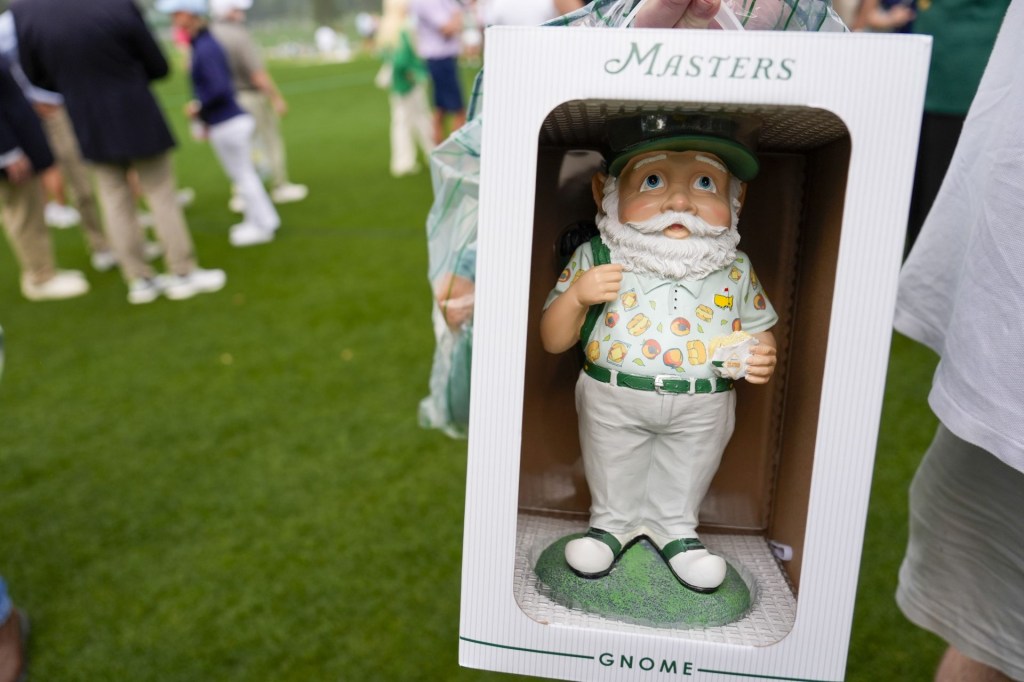
The Merch—and the Gnomes
Masters merchandise, which is available only for purchase at Augusta National the week of the tournament, is extremely coveted.
Polo shirts and hats with the club’s famous map and flag logo are some of the most common items that some fans spend hours in line waiting for, but one unique collectible has taken off in popularity in recent years: the Masters garden gnome.
Only a few hundred gnomes are made available each day, and they sell out in under an hour of the merch store opening. On eBay, past editions of the gnomes, which cost $40 at Augusta National, can sell for hundreds and even thousands of dollars.
The Digital Ban
The Masters remains the lone major to prohibit cellphones in its corridors—a practice that used to be commonplace at many events.
During practice rounds, fans can bring cameras inside, but once the tournament begins Thursday, no electronic devices are allowed. One of the few exceptions: smartwatches, which tournament regulations say must have their cellular and transmission capabilities disabled.
The Masters is also one of the last major sporting events to not utilize digital ticketing in any way. All tickets are physical badges, which means risky business for any fans purchasing secondhand tickets from scalpers in Augusta during Masters week.

The Masters on TV
CBS has broadcast Masters coverage every year since the tournament debuted on TV in 1956, while ESPN has aired early-round coverage since 2008.
While the Masters annually draws the largest TV audiences in golf, its media-rights partners don’t pay exorbitant rights fees. Instead, CBS and ESPN work on one-year contracts that don’t cost anything, but Augusta National gets major editorial control.
Streaming has been a big part of the Masters in recent years through the tournament’s app as well as ESPN and CBS digital platforms. This year, Paramount+ is debuting two exclusive hours of third- and fourth-round coverage before the leaders tee off.
The Masters runs only four minutes of commercial time each hour, well below the standard for other major golf and sporting events, which is at least 10 minutes per hour, and much more in some cases. That’s because CBS and ESPN don’t sell ads as they do in their traditional sports media-rights deals. Only ads from official Masters U.S. sponsors—AT&T, Bank of America, IBM, and Mercedes this year—run during the tournament.
David Rumsey and Front Office Sports will beon location from Augusta all week, covering practice round chatter, LIV Golf vs. PGA Tour drama, financial implications at the top of the leaderboard, and one or two pimento cheese sandwiches.

